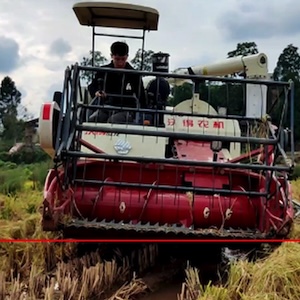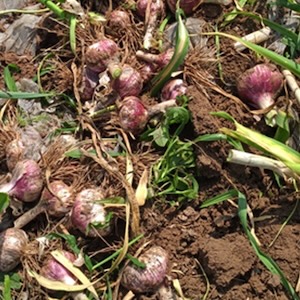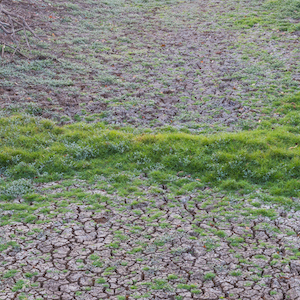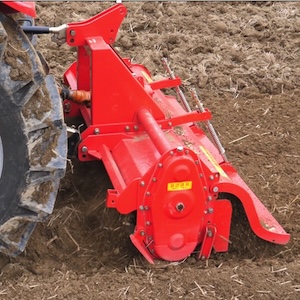A continuous high voltage electrostatic field system for thawing food materials
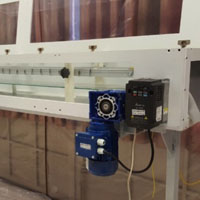
Published:10 May 2021
Abstract Views: 1043
PDF: 577
HTML: 107
HTML: 107
Publisher's note
All claims expressed in this article are solely those of the authors and do not necessarily represent those of their affiliated organizations, or those of the publisher, the editors and the reviewers. Any product that may be evaluated in this article or claim that may be made by its manufacturer is not guaranteed or endorsed by the publisher.
All claims expressed in this article are solely those of the authors and do not necessarily represent those of their affiliated organizations, or those of the publisher, the editors and the reviewers. Any product that may be evaluated in this article or claim that may be made by its manufacturer is not guaranteed or endorsed by the publisher.
Similar Articles
- Giovanni Francesco Ricci, Faouzi Zahi, Ersilia D'Ambrosio, Anna Maria De Girolamo, Giuseppe Parete, Taha-Hocine Debieche, Francesco Gentile, Evaluating flow regime alterations due to point sources in intermittent rivers: A modelling approach , Journal of Agricultural Engineering: Vol. 53 No. 2 (2022)
- Saddam Hussain, Decong Zheng , Haiyan Song, Muhammad Usman Farid, Abdul Ghafoor, Xinyi Ba, Hao Wang, Wenjun Wang, Alam Sher, Salah Jumaa Alshamali, Computational fluid dynamics simulation and optimisation of the threshing unit of buckwheat thresher for effective cleaning of the cleaning chamber , Journal of Agricultural Engineering: Vol. 53 No. 1 (2022)
- Hossein Khaledian, Homayoun Faghih, Ata Amini, Classifications of runoff and sediment data to improve the rating curve method , Journal of Agricultural Engineering: Vol. 48 No. 3 (2017)
- Mohammad Bijankhan, Ali Teymourkhani, Vito Ferro, Portable central baffle flume , Journal of Agricultural Engineering: Vol. 53 No. 2 (2022)
- Yanmei Meng, Tingting Zhang, Jin Wei, Jinlai Zhang, Xulei Zhai, Design and experiments of an automatic pipe winding machine , Journal of Agricultural Engineering: Vol. 54 No. 2 (2023)
- Mohammad Bijankhan, Vito Ferro, Dimensional analysis and stage-discharge relationship for weirs: a review , Journal of Agricultural Engineering: Vol. 48 No. 1 (2017)
- Francesco Bettella, Tamara Michelini, Vincenzo D'Agostino, Gian Battista Bischetti, The ability of tree stems to intercept debris flows in forested fan areas: A laboratory modelling study , Journal of Agricultural Engineering: Vol. 49 No. 1 (2018)
- Noureldin Sharaby, Artyom Doroshenko, Andrey Butovchenko, Modelling and verification of sesame seed particles using the discrete element method , Journal of Agricultural Engineering: Vol. 53 No. 2 (2022)
- Andrea Dell'Agnese, Bruno Mazzorana, Francesco Comiti, Patricia Von Maravic, Vincenzo D'agostino, Assessing the physical vulnerability of check dams through an empirical damage index , Journal of Agricultural Engineering: Vol. 44 No. 1 (2013)
- Wenjun Wang, Sihao Zhang, Jingyu Li, Pengfei Zhang, Yulong Chen, Effects of the twin-row planter with subsoiling on soybean growth and yield in northern China , Journal of Agricultural Engineering: Vol. 53 No. 3 (2022)
You may also start an advanced similarity search for this article.

 https://doi.org/10.4081/jae.2021.1163
https://doi.org/10.4081/jae.2021.1163 





